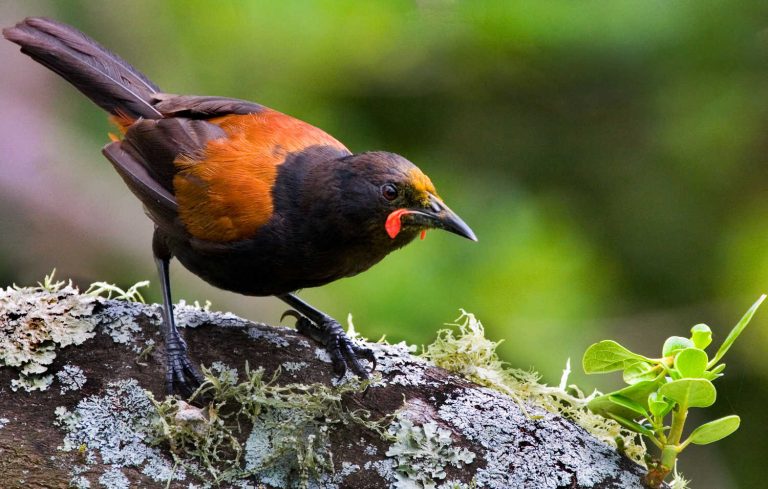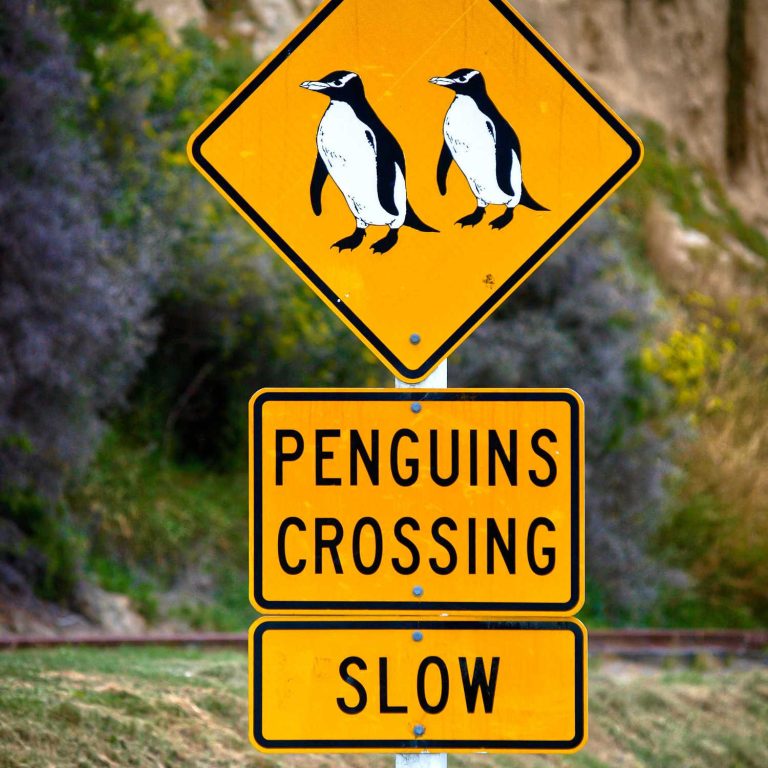Volunteering, conservation and things to do
Discover a place where you are important. It is about you; not about mass tourism. Aotearoa New Zealand issues an open invitation to people who care about their footprint. Look behind yourself at the impact your visit is making on the environment. Responsible travel starts with you, as a visitor accepting no less than the best of conservation practices.
Sustainable tourism is about practical steps and not promises about what is proposed for tomorrow. Sustainable tourism is a personal commitment by visitors to make a minimal impact on the destination while contributing to an economic future for the local inhabitants. Most of all sustainable tourism is about the balance between the visitor experience and the protection of the destination.

NZ Department of Conservation Volunteers, Weeds and Work
learn more
Top 15 sustainable travel experiences in New Zealand
learn more
Sustainable road trips
learn moreWETLANDS – AOTEAROA NEW ZEALAND
Wetlands are the lungs of the world. Wetlands are an endangered land type in New Zealand with less than 10% of natural wetland remaining. You don’t need to be a mountain to be beautiful. Wetlands is where the land and water merge to create a magical kingdom where a kayak is very useful. Magic happens in wetlands, it’s where land and water merge into a landscape where wildlife flourishes. A must-go destination for outdoor enthusiasts and lovers of nature.
learn moreWetlands are:
- Lungs of the land, breathing life into water circulation
- Essential nursery for fish and water loving creatures
- Critical food resource for birds (migration paths)
- Natural protective barrier for flooding with the ability to absorb sudden large surges in water
Our holiday destination is someone’s home; it belongs to all who live in the spaces we visit. Visitors can support sustainable practices while visiting New Zealand and Australia.

- Shop locally, in markets and owner-operated stores to support local economic initiatives.
- Support community-based tourism ventures. Every dollar spent is a dollar invested in the world the locals cherish.
- Carry your reusable shopping bag with you for purchases (NOTE NZ has banned single used plastic bags).
- Do not accept plastic straws, cutlery or plastic food containers. Think about whether a drink really needs a straw?
- Shop for food in markets and food stands, and avoid packaged food. It costs less and is healthier for you. Same with water, use a filtered refillable water bottle, and skip buying plastic bottled beverages.
- Laundering sheets and towels every day is unnecessary.
- Leave only your footprints. Any rubbish pack in your bag. Dispose in the appropriate recycling bins.
- Sort rubbish for recycling into the appropriate bins where this service is offered.
- Take care of fragile environments and heritage sites. The earth is our partner and needs some help. Your holiday destination is someone’s home.
- Remember to check if your sunscreen is reef-safe. Avoid putting chemicals in the water you just swam in.
- Wildlife encounters should be limited to looking and observing. Wild animals are not pets or Instagram buddies. Respect their habitat and share only the air we breathe together.
- Let your tourist dollar speak, say no to mass market goods, buy locally produced artisan goods where you are sure of the supply chain.


Wildlife, conservation, responsible holidays in Northland
learn more
Wildlife, conservation, responsible holidays in Auckland, Hauraki Gulf
learn more
Auckland outdoors, wildlife, conservation stories
learn more
Wellington wildlife, 5 must-visit places
learn more
Wildlife, conservation, Nelson attractions
learn more
Nature, wildlife & conservation in Marlborough places to go
learn moreSUSTAINABLE TRAVEL CONTRIBUTIONS CAN INCLUDE

- Travel in the off-season, one less visitor putting pressure on finite resources. You are spreading the load on resources when you visit outside peak holiday season.
- Pick accommodation that has sustainable practices such as solar panels, eco-friendly disposal practices for waste, building materials that reflect minimal use of resources.
- Challenge yourself to step outside your comfort zone. New Zealand and Australia are great places to start this journey. Walk around your hotel and eat in local restaurants. Talk to the locals about their day. Let us share the space together, if only for a few moments.
- Respect heritage sites managed and operated by traditional land owners. Perhaps it is a sacred site or a treasured location due to the human activity that has taken place. Value their belief systems, an aboriginal rock painting is not just an insta-moment. It is of significance for its cultural value.
- Try packing your bags as lightly as possible to minimise weight during your flight. It is a quiet contribution to carbon emissions.
- Air travel is a major user of carbon emissions. Consider using an airline that is taking practical steps to help with cleaner fuels, reducing fuel consumption with newer planes and has a carbon contribution plan.
- Flight connections, consider a direct route. It saves you precious holiday time as well as reduces your carbon emission footprint.
- Local travel in New Zealand is often to remote places where there is no public transport. Consider the type of vehicle you use; its carbon footprint and enjoy the idea of cycling or shared transport.

CONSERVATION IN NEW ZEALAND

Aotearoa New Zealand has lost many unique native species since the arrival of people approximately 1000 years ago. Hunting, land development and the worst intrusion, introduced exotic species has contributed to the increasingly rapid decline.
- Hunting caused the Moa, an enormous bird, to become extinct.
- Land development has destroyed over 90% of the wetlands, critical as a primary food resource and nesting habitat (rolling farmland that dips into boggy areas is likely originally wetlands connecting waterways together).
- Exotic species, the possum, the stoat, the deer among others have wreacked havoc on flightless birds.
Yet conservation effects are in effect with over 30% of the land mass protected. Public organisations such as the Department of Conservation are critical bodies adding a systematic national approach to conservation and sustainability practices. There are wildlife sanctuaries in many areas, and 13 beautiful national parks to explore.
New Zealand has created marine reserves, recognised world heritage areas and hundreds of smaller reserves managed by private trusts or local government contribute to the increasing awareness of the need to conserve the land and oceans surrounding New Zealand.
The slogan 100% PURE NEW ZEALAND is about nature being not a visitor experience; it’s New Zealand’s backyard.

SUSTAINABLE PRACTICES FOR VISITORS

Visitors can enjoy the scenery, nature and the outdoors while sharing the space with the original wildlife inhabitants. The practice of sharing starts in the office…
- Sustainable supplier model: BestBits Travel Guide has moved away from promoting attractions and activities that don’t align with our values.
- Re-usable drink bottles in the office. Employees are gifted a reusable drink bottle. And it is encouraged to drink tap water and/or boiled water.
- Digital footprint to eliminate the use of paper, BestBits is online, downloadable and not in paper form.
- Moving to a digitally lead strategy which encourages fewer print materials.
Community & Partnerships, Best Bits Travel Guide gives back to the community through …
- BestBits Travel Guide is a regular contributor to the Trees that Count Programme, planting trees one at a time.
- Charitable trusts managing our environment through their hard work, volunteering to weed and maintain reserves have a complimentary advertising space on our website. No charge forever
- Itineraries and road trips highlighting places to visit where the good work continues are an integral part of the travel guides

HOW VISITORS CAN CARE FOR AOTEAROA NEW ZEALAND

As a visitor everyone can make a difference.
- Be prepared to walk, practice low impact tourism. TIP travel in the slow lane
- Drive carefully and watch for wildlife
- Keep NZ clean with a rubbish in and rubbish personal travel policy
- Protect nature does not mean getting too close for comfort to the cute penguin for an instagram shot
- Fishing licenses, catch and release is the best way however for a delicious meal make sure your catch is within the limits. Overfishing is the result of people cleaning out your home, destroying the young and depopulating the waterways of any sustainable life
- Show respect for wildlife, forests, bush and land with an awareness of cleaning boots to minimise kauri dieback disease and other pests, not taking plant samples and not feeding wildlife creating a dependency on humans for food.
Maori are the tangata whenua (people of the land), the indigenous people of Aotearoa New Zealand. Maori are the original settlers arriving approximately 800 years ago to inhabit a land where nature ruled supreme. Maori culture and language is recognised as an official language of New Zealand. Maori culture and practices are part of New Zealand’s identity. New Zealand’s location in the Pacific Ocean has led to the creation of a unique Pakisfica culture whereby polynesians from across the Pacific ocean have made New Zealand their home. Together with the Maori cultural identity traditional beliefs on the guardianship of land and sea are increasingly part of the contemporary visitor experience.

Wildlife
Aotearoa New Zealand was isolated from human occupation for millions of years. This has evolved into a fascinating wildlife destination. In terms of marine life, it’s also one of the best places in the world to see sperm whales, plus there are different species of dolphins, and occasionally you can see orcas or other big whales.

Look for marine tour operators with a SMART (Sustainable Marine Mammal Actions in Recreation and Tourism) permit, supplied by New Zealand’s Department of Conservation. In order to maintain their SMART permit, tour operators must act in a sensitive and responsible manner around whales, dolphins, seals and other marine life, to ensure that they have minimal impact. Remember to check New Zealand, the Department of Conservation’s website, for its guidelines about observing wildlife, dolphins, whales or seals in New Zealand, as well as details of the Marine Mammals Protection Act.
New Zealand – Best Bits Travel Guide donation activity Trees That Count.
Our contribution is based on the number of clicks to the website every month. For every 3000 visitors we plant one tree = 20 trees (February 2022).
PLANTS, FORESTS AND BUSH IN NEW ZEALAND
A lush diverse flora and fauna is a key part of the visitor experience to New Zealand. Evergreen forests are 100% pure New Zealand. The reserves, the forest (locals call our backyard the bush) are native. It is an opportunity to visit a place where the seasonal change is subtle, there is no major leaf drop in autumn rather enjoy the scent of native flowers in spring and damp mossy glades where giant tree ferns flourish. It is an extraordinary sight, an ancient plant landscape unique to New Zealand.


Our editors independently visit tour operators, purchase tickets, pay for accommodation, and rate products and places. We are not paid to go on a tour or visit a place. We only make money if you decide to purchase a product through our website links. You will not pay any extra, that is guaranteed.
We promise to never accept free products from manufacturers in return for boosting their products. Our independence and reviews is funded by your purchases and affiliate commissions, at no additional cost to yourself… read more about our affiliate programme in the terms and conditions HERE.
BEST BITS TRAVEL GUIDE





